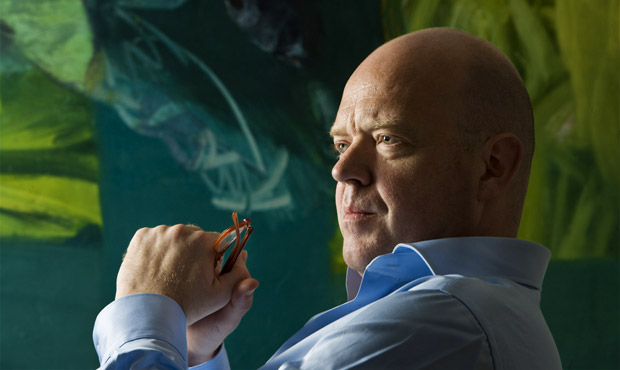
© Henrik Bjerregrav. (Click image for larger version)
A Benjamin Britten Summer
Britten Dances – 20/21 June 2013
Death in Venice revival – 14-26 June 2013
www.kimbrandstrup.org
www.brittenpears.org
www.aldeburgh.co.uk
www.britten100.org
Earlier Kim Brandstrup Interviews:
October 2009
Summer 2007
April 2006
March, 1999
Benjamin Britten’s centenary is being celebrated worldwide all the way through this year, but for Kim Brandstrup the focus is on just a couple of weeks in June. First of all an English National Opera revival brings his choreography for Death in Venice back to the London stage, and then just six days later comes the première of a new work at the Aldeburgh Festival, as part of a triple bill shared with Royal Ballet Flanders. The new piece is set to Britten’s Variations on a Theme of Frank Bridge and it has a cast of Royal Ballet dancers, headed by Mara Galeazzi and Edward Watson: Brandstrup talked to me during the rehearsal period at the Royal Opera House, a month or so before the first night. Several themes recurred from earlier discussions about his choreography, but first of all I asked about his previous involvement with Britten’s music.
Well, very early in my career I was asked to do Death in Venice here, in 1991. Colin Graham – who’d done the original production – wanted to re-work it, and apparently Ashton [who did the choreography for that first version] wasn’t happy with what he’d done and didn’t want it to be shown again, so they had to find a new choreographer and they asked me to come in and do it. Of course I’d seen Peter Grimes by that time and I’d worked with his Simple Symphony so I did know something of Britten but I’d not immersed myself in it. And at the beginning I found it incredibly difficult: Death in Venice is not an easy piece, especially because all the dance music is based on this very delicate vibrating gamelan sound, that seems strangely at odds with the physicality of the Olympic games and the athletic Tadzio that he wanted me to portray. It took me a while to get into it, but somehow I found out that this strangely simmering gamelan sound was like the mist – the heat mist or the idolisation mist – through which Aschenbach saw Tadzio, so you could still create that kind of physicality almost in juxtaposition, and this music actually helped it, took it into another dimension and said something different. So I did that one, which was seen here and at the Met in New York , and then I did a follow-on in 2007 when Deborah Warner asked me to work with her for her production at the Coliseum – so it’s probably the piece I know best – or at least, the piece I’ve revisited the most frequently.

© Neil Libbert. (Click image for larger version)
But what that means of course is that I’m coming to Britten from his last work, and it was very interesting that when I was asked to do this piece at Snape, and I started to listen to his earlier work, I realised that my whole perception of him, both in terms of subject matter and the actual music, is through what I hear in Death in Venice – I hear the elegy, the kind of weighted melancholy in the earlier music – I recognize the end in the beginning.
When making his choice from Britten’s music for the new piece, Brandstrup was initially ‘incredibly drawn’ to the song-cycle The Holy Sonnets of John Donne from 1945, but eventually abandoned that idea – it would surely have been an immense choreographic challenge to match or further illuminate that densely complex work, though the Aldeburgh Festival if anywhere would be the right place to try. (And it could even have been the opportunity – at last – to get Edward Watson and his tenor alter-ego, Ian Bostridge, in the same piece. One day, perhaps.)
I felt I wanted to find another tone in Britten, so I decided to go to the Variations on a Theme by Frank Bridge. It is such a perfectly formed piece that I thought I’d like to have a go – also, I suppose, because I have this obsession with the theme and variation format. It stems from when my teacher, Nina Fonaroff died and we did a memorial here: she was very close to Murray Perahia, the pianist, and he said to me ‘Why don’t we do something together?’ At the time he was doing the Brahms Variations on a theme of Handel, so we did those in the Linbury – that was with Arc – and I found the format incredibly interesting: I went on to do another piece by Brahms, Variations on a theme of Schumann, and then of course I did Goldberg. This idea that you start with a nucleus, that your palette or your starting point has some limitations, and then you open it up in any direction, but you always have to stay within that framework – I find that really interesting, and I wanted to revisit it.
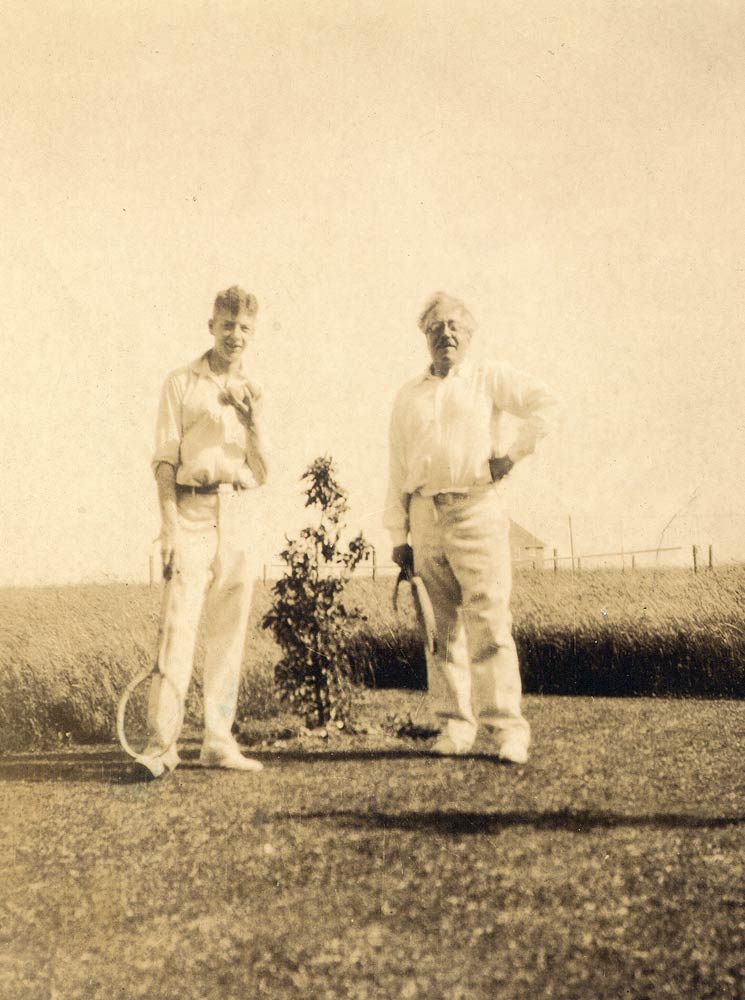
(Click image for larger version)
Brandstrup is far from the first to have chosen this music – Ashton, David Bintley (whose Night Moves was actually danced at Snape, more than 30 years ago), Christopher Wheeldon and Twyla Tharp are among the many others who have used it and although Britten wrote the piece simply as a tribute to, and portrait of his mentor, every choreographer seems to have heard quite different things in it. It wasn’t until after we’d talked that I learned that Brandstrup’s piece is called Ceremony of Innocence – a heavily loaded title in Britten’s world, an unmistakeable link back to his Turn of the Screw and his obsession with childish innocence and its destruction. It’s going to be interesting to find out how this comes across through the prism of Brandstrup’s imagination – the only thing to be sure of is that it won’t be a straightforward story ballet.
No. It’s not a story… but you know none of my pieces is completely without some narrative framework. There were two things that I was interested in. You know I’m working on this in parallel with Death in Venice – so in many ways it will be a companion piece. I think what I’ve always felt, when you see Death in Venice, is that it is Aschenbach, the writer, taking stock of his life – his whole life, everything he’s done and how he’s done it, and questioning some of the validity of his discipline, of his obsession with his work: and that is provoked by his encounter with this young boy. So I’ve always felt that when you see the boy and his mother on the beach, it is also an encounter with himself as a boy – what he was, and what are the choices he could have made – and I feel throughout all of his recitatives that they are a dialogue with himself.
So I thought maybe this piece could evolve around that, a sort of childhood recollection – and again, the theme is very much like what we were talking about before, that it starts from one instant that you then kind of unfold. In Goldberg you had people arriving in the studio, and we had a very set pattern – somebody went to the television set, someone went to the piano – and then you kept repeating it, as a variation on what happened, because it was from different people’s point of view. But I think it was very hard to sustain in Goldberg because there are so many variations, so I had to free myself up – I felt the premise was too strict for such a big piece so I treated it more freely there – but in this one I’m trying to keep to it – that it is one little moment remembered of the boy and his mother and the people on the beach, recollected by an outsider … and then it’s a series of variations on what was, and what is now.
And how is it cast…Watson is the outsider…?
Yes, I see him as the person recollecting – and then Mara is the mother, who has access both to the past and to the present – so she is a bridge connecting the two.
And the boy?
The boy is Marcelino Sambe – he’s wonderful.
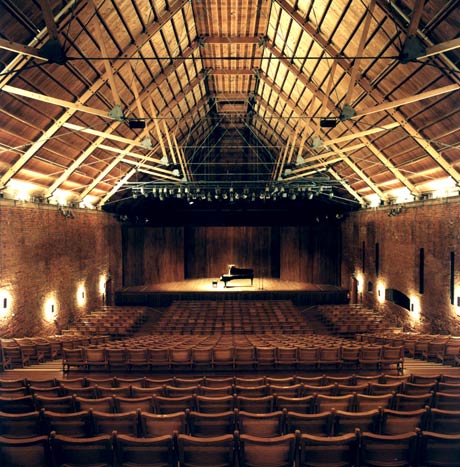
© Nigel Luckhurst. (Click image for larger version)
Ceremony of Innocence has two performances at Snape; a couple of weeks later Death in Venice moves to Amsterdam for a short run; and then Brandstrup is back in the Royal Opera House for the summer choreographic workshop, DanceLines. This year Brandstrup and the cellist Oliver Coates will be working with four young choreographers and four composers, focusing on the dialogue between them and eventually producing a set of short works which can be shown at an end-of-course ‘sharing’. There’s also the publication of Crystal Ballet’s Genesis project, which Brandstrup has been working on with Bennet Gartside and some very starry dancers; and when I asked him if there was any hope of seeing a revival of Goldberg one day I didn’t get an absolutely categoric ‘No’. Lots of interesting plans, then: but first of all, there’s Britten’s dances.









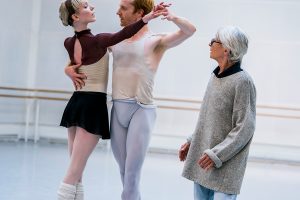
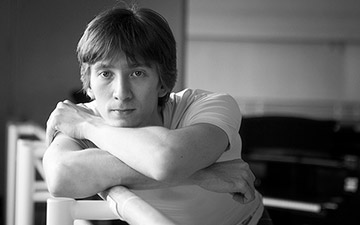



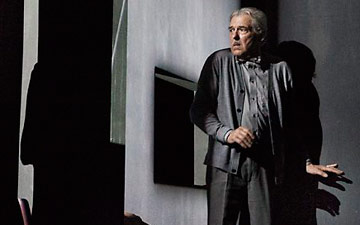

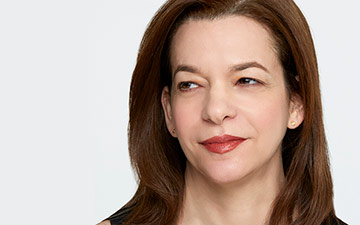
You must be logged in to post a comment.